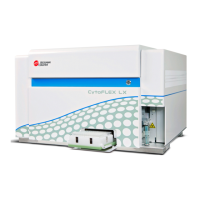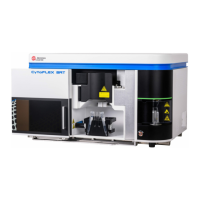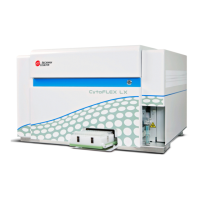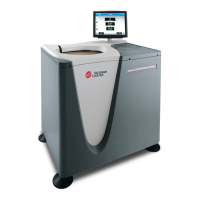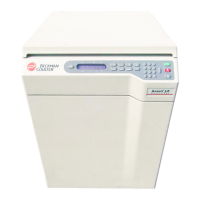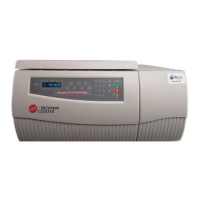PN 177196BB
5-1
5
5
CALIBRATION
5.1 CALIBRATION OVERVIEW
A Objectives
When you have completed this topic, you will be able to:
B Explain the purpose of calibration.
B Explain when one needs to calibrate the instrument.
B Explain when one needs to verify calibration.
B References
In the Online Help System or the Instructions for Use manual, refer to Heading 10.1 GENERAL.
C Special Instructions
None
D Topic Notes and Tasks
1. Calibration is used to standardize the instrument by determining its deviation from
known reference values and applying any necessary correction factors.
a. Calibration is done to ensure accurate instrument measurements for WBC, RBC, Plt,
Hct, and Hgb.
b. The calibration material used must either be a substance that is traceable to
reference methods for the preparation of the material or normal whole bloods
assayed by reference methods.
c. Beckman Coulter recommends using A
C
•T 5diff Cal Calibrator, which is traceable
to reference methods and materials, as an alternative to the whole-blood reference
method of calibration.
2. Calibration needs to be done:
a. At installation, before you begin analyzing samples
b. After a major analytical component, such as the sampling syringe or an aperture, is
replaced.
c. If your Beckman Coulter Representative suggests you calibrate.
d. If, in the normal process of tracking data for an extended period of time, your
laboratory makes a specific decision to recalibrate a given parameter. This data can
include cell control files, XB/XM batch files, and IQAP reports.
3. Never use calibration to adjust for an instrument problem.
4. Never adjust to a specific value based on an individual sample result.
5. Calibration needs to be verified:
a. As dictated by your laboratory procedures, local, or national regulations.
b. When controls show evidence of unusual trends.
c. When controls exceed the manufacturer’s defined acceptable limits.
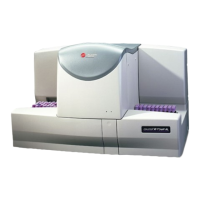
